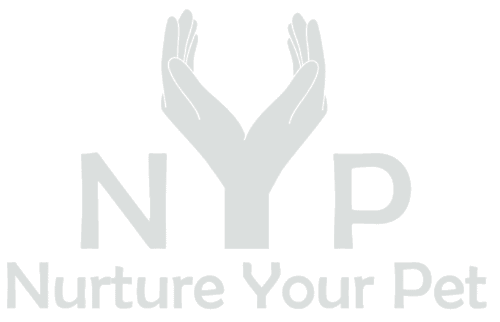Importance of Canine Weight Management
Dogs' health depends on their weight. Obesity can cause diabetes, heart disease, joint difficulties, and even shorten life. Helping your dog lose weight reduces the chance of these crippling diseases.
Identifying If Your Dog Needs to Lose Weight
Before embarking on a weight loss journey with your canine companion, it’s important to determine whether they actually need to shed some pounds. Here are some signs that indicate your dog may be overweight:
Visual Inspection:
Look at your dog from above - if you notice a lack of defined waistline or if their belly protrudes significantly, it could be an indication of excess weight.
Difficulty Moving:
If your pup struggles to perform regular activities like walking or climbing stairs without panting excessively or becoming exhausted quickly, it might be time for them to lose weight.
Feeling the Ribs:
Gently stroke their sides. In optimal condition, you can feel their ribs without pressing. If you have difficulty feeling the ribs due to fat deposits, it’s likely that they are overweight. If you notice any of these signs in your furry friend, it’s time to take action and help them achieve a healthier weight.

Establishing a Well-Balanced Diet
A balanced diet is the cornerstone of any weight loss plan for dogs. Here are some effective strategies to implement:
Consult with a Veterinarian:
Before making any significant dietary changes, consult with your dog’s veterinarian. They will provide valuable insights into your dog’s specific nutritional requirements, considering their breed, age, and overall health condition.
Portion Control:
Measure your dog’s food portions accurately to avoid overfeeding. Follow the feeding guidelines provided by the pet food manufacturer or consult with your vet to determine the appropriate portion size for your dog’s weight loss goals.
Choose High-Quality Food:
Opt for high-quality dog food that is specially formulated for weight management. Look for labels indicating it is low in calories and fat while still providing essential nutrients.
Treats in Moderation:
Monitor treat intake as they can contribute significantly to weight gain. Instead of high-calorie treats, opt for low-calorie alternatives or consider using small portions of their regular kibble as rewards during training sessions.
The Power of Regular Exercise
Dogs lose weight by exercising. Weight loss workout strategies:
Daily Walks:
Engage in brisk walks with your furry companion at least once or twice daily. Gradually increase the length and intensity of these walks as their fitness level improves.

Active Playtime:
Incorporate interactive play sessions into your dog’s routine using toys such as balls or frisbees. This not only helps burn calories but also keeps them mentally stimulated.
Swimming:
If you have access to a safe swimming spot, take advantage of it! Swimming is a low-impact exercise that effectively burns calories without putting stress on joints - making it an ideal option for overweight dogs.
Environmental Modifications
Creating a conducive environment can greatly aid in your dog’s weight loss journey. Consider the following modifications:
Elevated Feeding:
Using elevated food bowls encourages slower eating and aids digestion, reducing the chances of overeating.
Mealtime Puzzles:
Feeding puzzles or slow-feeders make meals more engaging while slowing down your dog’s eating pace, promoting portion control.
Remove Food Access:
Prevent access to other pets’ food or kitchen scraps that could add unnecessary extra calories to their diet.
Monitor Progress Regularly
Monitoring your dog’s progress is crucial throughout their weight loss journey. Here are some tips for effective monitoring:
Weigh-ins:
Regularly weigh your dog to track their progress accurately. Aim for weekly or bi-weekly weigh-ins initially and adjust as necessary.
Body Condition Scoring:
Learn how to perform a body condition score assessment on your dog, which involves visually and physically assessing fat distribution on their body. This will allow you assess their development and make any necessary improvements.
Conclusion:
Weight loss requires effort from you and your dog. Weight loss and quality of life can be improved with a healthy diet, regular exercise, environmental adjustments, and continuous monitoring. See a vet for the finest pet results!








